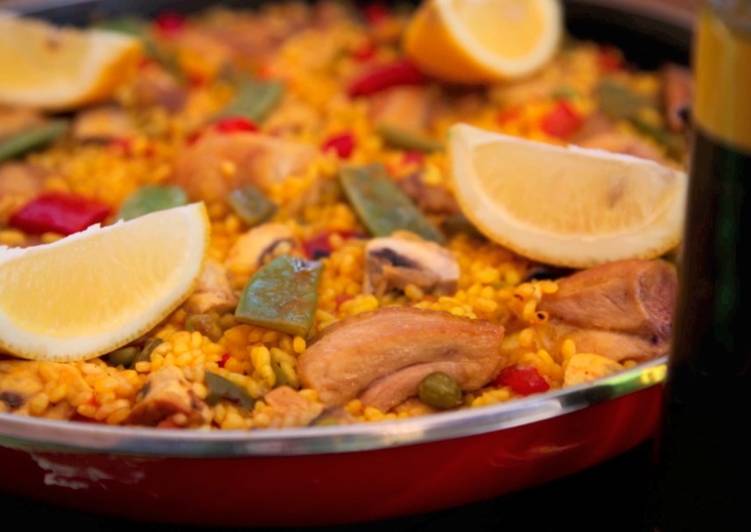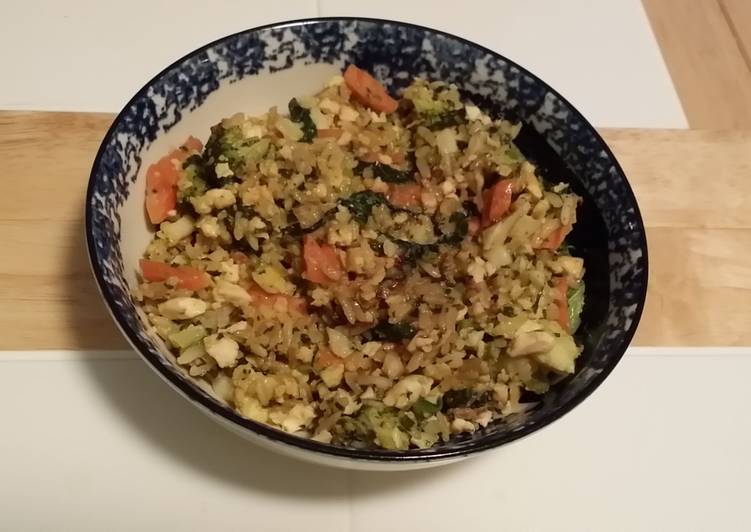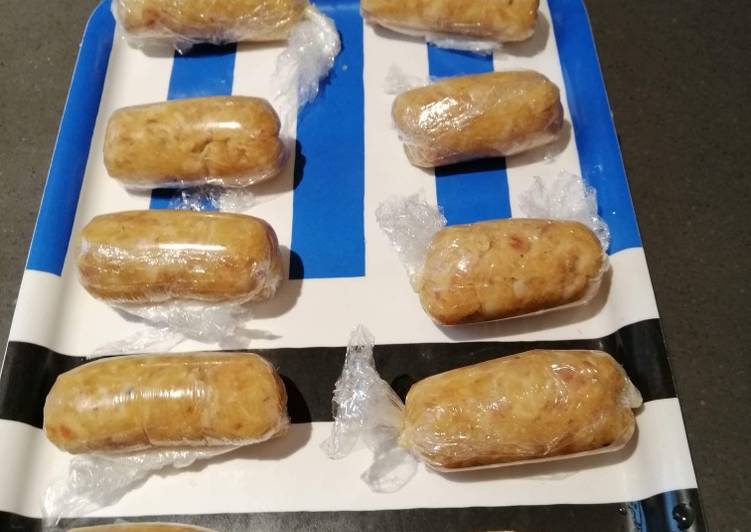
Hello everybody, I hope you are having an amazing day today. Today, I’m gonna show you how to prepare a distinctive dish, paella. One of my favorites. For mine, I’m gonna make it a little bit unique. This will be really delicious.
Paella is a typical Spanish recipe and is traditionally cooked in a "paellera" - a round flat pan with two In many Spanish villages, especially in coastal areas, they use a giant paellera to cook a paella on. Nourishing, vibrant, and served without pretension, paella has held a place of honor and practicality in Spanish homes for centuries. This seafood paella from Valencia in Spain, called paella de marisco, is full of fresh seafood - squid, mussels, crayfish, prawns and clams.
Paella is one of the most well liked of current trending meals in the world. It is easy, it is quick, it tastes delicious. It is enjoyed by millions every day. Paella is something that I have loved my whole life. They are fine and they look wonderful.
To get started with this particular recipe, we have to prepare a few ingredients. You can have paella using 13 ingredients and 6 steps. Here is how you cook it.
Ingredients
The ingredients needed to make Paella:
- Prepare 350 g rice
- Get 700 g chicken
- Get 300 g rabbit
- Get 15 g sweet paprika
- Prepare Saffron threads, to taste (you can substitute a teaspoon of yellow food colouring)
- Prepare 450 g crushed tomato
- Prepare 400 g green beans
- Make ready 100 g broad beans
- Prepare 3-4 artichokes
- Get 100 g white beans
- Take 15 cl Extra Virgin Olive Oil from Spain
- Take Water
- Prepare to taste Salt
Paella mixta: mixed meat and seafood. Fideuàis: a Paella that uses pasta instead of rice. Many paellas feature various meats and seafoods, but vegetarian paella can be a revelation. This version is fully loaded with a rainbow of seasonal vegetables cooked into a saffron and.
Instructions
Instructions to make Paella:
- Pour the extra virgin olive oil into the pan so that the entire bottom is coated. Set the extra virgin olive oil on a low heat.
- Once the extra virgin olive oil is heated, add the chicken, rabbit and salt. Cook the meat until golden brown, then add the vegetables.
- Once the vegetables have lightly sautéed, make a well in the mixture and add the tomato and paprika. Cook the ingredients on a medium heat.
- After a minute, fill the paella pan with water until the very top. Add a little more salt and let it cook for 20 minutes. Now comes the important moment. When the water has been reduced by half, add the rice and the saffron or colouring. Mix the ingredients together, turn the heat up high and cook for eight minutes or until the rice becomes visible from underneath all the liquid.
- Turn the heat down low and cook for another six or seven minutes. If after this period of time you still see liquid in the pan, turn up the heat to medium intensity for the final few minutes.
- Remove the pan from the heat and let the paella sit for about five minutes; now, then this magnificent dish is ready to serve. As you can see, the steps are very simple; the most difficult part of making paella is the amount of time required at each step. Judging the exact moment to add each ingredient is also key. Bon appetit!
Paella is a traditional dish of Spain. Its home is Valencia, but variations exist in the different Spanish Traditionally, the paella is cooked out of doors, over a wood fire. To make a paella, first sauté meats. This paella recipe is easy and delicious. Find more dinner inspiration at BBC Good Food.
So that is going to wrap this up with this special food paella recipe. Thanks so much for reading. I’m confident that you will make this at home. There is gonna be interesting food in home recipes coming up. Remember to save this page in your browser, and share it to your family, friends and colleague. Thank you for reading. Go on get cooking!
Print this page

